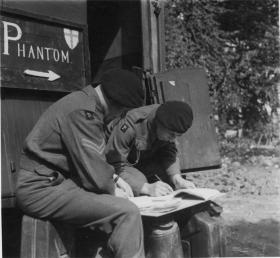
Phantom GHQ Liaison Regiment
Phantom GHQ Liaison Regiment
1941 to 1945
The Phantom GHQ Liaison Regiment was a special reconnaissance unit established during the Second World War to gain detailed battlefield reconnaissance of Allied positions. Operating in small, dedicated patrols in special operations and across the Allied armies throughout the war, their most distinguished Airborne role came in conjunction with 1st Airborne Division at Arnhem.
The Phantom traced their early heritage to No 3 British Air Mission established in France during late 1939. Attached to the Belgian General Staff, the unit were detailed to report back information about the Allied forward positions. By November 1939, their role had changed slightly to use radios and vehicles. The codename for these missions was classified as ‘Phantom’.
Following the withdrawal from Dunkirk, the unit reformed as No 1 GHQ Reconnaissance Unit. In early 1941, they were redesignated as GHQ Liaison Regiment to avoid confusion with the newly-formed Reconnaissance Corps. The Phantom, as they were later recognised, recruited men with various skill-sets – linguists, drivers and mechanics – and undertook rigorous training in wireless communication and cipher.
Phantom deployed in squadrons in North West Europe, South East Europe, North Africa and Italy. Each Squadron supported an Army and consisted of a Squadron HQ (SHQ) and a number of Patrols (one per Corps and a further ten further forward of Corps). Each Patrol consisted of an officer, an NCO and up to 9 other ranks. They were typically equipped with Norton motorcycles, Jeeps, Morris 15cwt trucks and White M3 A1 Scout cars and carried a 107 Receiver, 52 and 19 sets. The patrols either embedded with other formations or went on specially-directed missions from their individual Army HQs. The patrols' role was to provide collection, passage and dissemination of real-time information on the progress of battle back to Corps HQ.
Some patrols undertook parachute drops with the SAS to provide communications with SAS Brigade HQ. Later, with Phantom efficiency proven and with US forces under the leadership of 12 US Army Group, similar arrangements were made for Phantom to provide communications with US Corps.
During Operation Overlord, in June 1944, many patrols from Phantom came to Normandy on D+1 (7 June 1944). One patrol was assigned to each Divisional HQ of 1 and 30 Corps to land with Main Divisional HQ. Thus on D-Day, three Patrols (5, 8 & 14) landed with 3rd BR, 50th Northumbrian and 3rd Canadian Divisions. Their task was to go around day and night to find all the British, Canadian and American units they could, marking their locations on a map, and passing the information to the main HQ.
During Operation Market Garden, in September 1944, a Phantom patrol provided some communication and liaison between forward units and HQ. Two Phantom officers were subsequently awarded the Military Cross for maintaining these important lines of communications during the operation.
Despite these efforts however, their future was not secure. At the end of the Second World War the whole structure of the Army was placed under review, and during the extensive Army reorganisation the followed, the Phantom were disbanded in late 1945.
Commanders
(Currently under research)
Read MoreNewsletter Signup
Donate
Make a donation to Airborne Assault ParaData to help preserve the history of The Parachute Regiment and Airborne Forces
The Airborne Shop
The Airborne Shop is the official shop of Support Our Paras (The Parachute Regiment Charity RCN1131977).
Profits from all sales made through our shop go directly to Support Our Paras, so every purchase you make with us will directly benefit The Parachute Regiment and Airborne Forces.

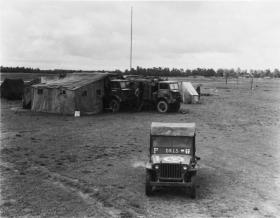
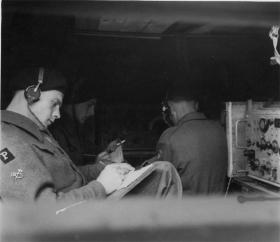
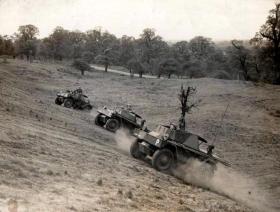
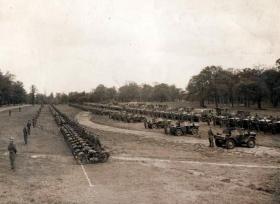
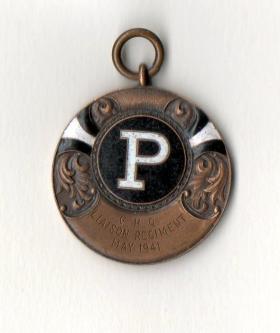
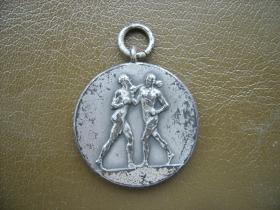
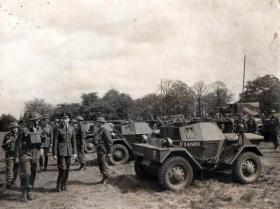
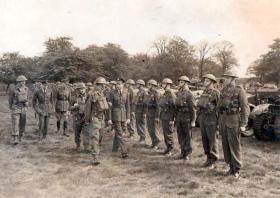
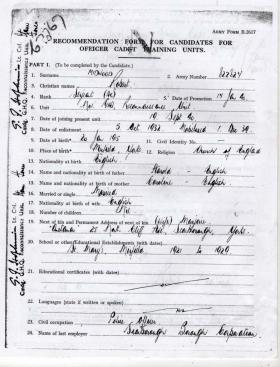
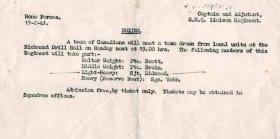
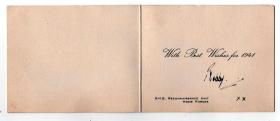
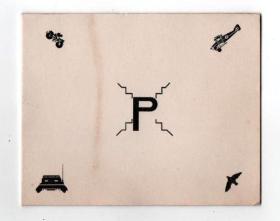

Latest Comments
I have alot of Phantom items including his drinking tankard which all of his unit signed. I was hoping to use the tankards signitures to do more reaserch on Phantom Rgmt.
Add Comment
In order to add comments you must be registered with ParaData.
If you are currently a ParaData member please login.
If you are not currently a ParaData member but wish to get involved please register.